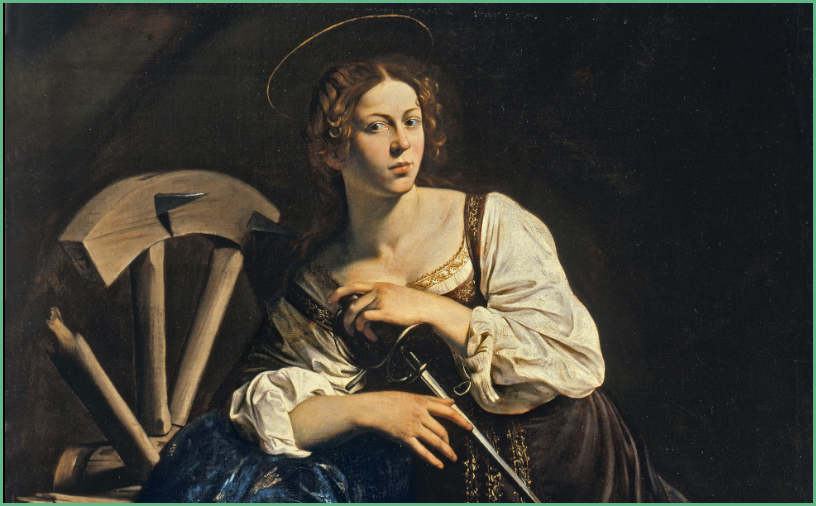St. Catharine of Alexandria stands out as a figure who blended sharp intellect with deep prayer, reputedly escaping execution by the breaking wheel through divine intervention and inspiring several onlookers to embrace Christ. This piece explores how her learning, courage, and faith intersected during her persecution and how those elements helped sway skeptics and persecutors alike.
Born into a world that prized rhetoric and philosophy, St. Catharine is traditionally portrayed as a young woman fluent in study and debate. She used reasoned argument alongside scripture, challenging the assumptions of her era without abandoning heartfelt trust in God. That combination of mind and soul becomes central to her story and to how people remember her today.
Facing an official who opposed Christianity, she reportedly entered into fierce intellectual contests with pagan scholars and officials. Those debates were not mere displays of cleverness; they were practical demonstrations of how faith and knowledge can reinforce one another. Her interlocutors found themselves outmatched by both her logic and her conviction, and some began to question the foundations of their own positions.
When authorities moved from argument to coercion, St. Catharine endured imprisonment and a sentence intended to be fatal by the wheel. According to tradition, her response to that threat was prayer, not panic, and that prayer is credited with the miraculous event that followed. The wheel, supposedly the instrument of her torture, failed in a way that observers could not explain by ordinary means.
The reputed miracle did more than spare a life; it unsettled witnesses and invited a change of heart. People who had come expecting to see punishment ended up seeing what they interpreted as divine protection, and that sight prompted many to reexamine their beliefs. Conversion in this context appears less like a sudden emotional flip and more like the outcome of an intellectual and spiritual reorientation.
Accounts emphasize that science and reason were not abandoned but deployed within a framework of faith, which made her example compelling for onlookers who valued learning. Her capacity to engage with complex ideas while holding to spiritual truth gave her witness weight among both scholars and laypeople. That dual credibility helped create openings for sincere dialogue and, for some, genuine conversion.
Stories of St. Catharine spread because they mixed impressive argumentation with dramatic events, and those elements functioned as a kind of ancient public relations for the Christian faith. Narratives of wonder and wisdom traveled quickly in oral and later written forms, attracting interest from various social circles. Over time, such tales shaped her image as a patron of learning and debate as much as a martyr.
Her legacy sits at the intersection of intellectual pursuit and spiritual courage, and modern readers can see in her life a model for how belief and reason might coexist. Whether one reads these events as literal miracle or symbolic testimony, the core pattern is consistent: rigorous thought, bold witness, and the power of prayer in crisis. That combination made her a memorable voice in a turbulent moment.
Today St. Catharine remains a figure people point to when discussing the compatibility of study and faith, and her story continues to inspire those who value both. Her reputed escape from the wheel and the subsequent conversions of her opponents are part of a narrative that challenges the idea that intellect and devotion must be at odds. In many faith communities, she is still cited as an example of how courage, reason, and prayer can work together to change hearts.
